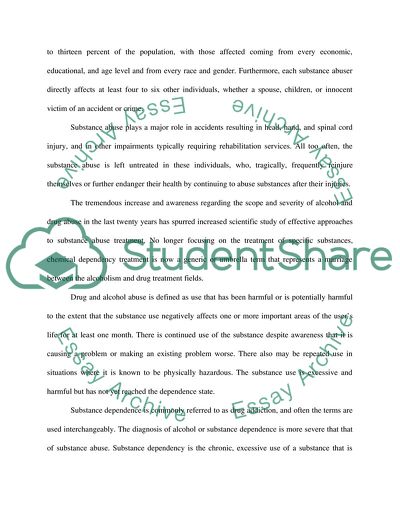Cite this document
(Critical Analysis Misuse of Alcohol and Illicit Drugs Term Paper, n.d.)
Critical Analysis Misuse of Alcohol and Illicit Drugs Term Paper. Retrieved from https://studentshare.org/health-sciences-medicine/1545373-critical-analysismini-essay
Critical Analysis Misuse of Alcohol and Illicit Drugs Term Paper. Retrieved from https://studentshare.org/health-sciences-medicine/1545373-critical-analysismini-essay
(Critical Analysis Misuse of Alcohol and Illicit Drugs Term Paper)
Critical Analysis Misuse of Alcohol and Illicit Drugs Term Paper. https://studentshare.org/health-sciences-medicine/1545373-critical-analysismini-essay.
Critical Analysis Misuse of Alcohol and Illicit Drugs Term Paper. https://studentshare.org/health-sciences-medicine/1545373-critical-analysismini-essay.
“Critical Analysis Misuse of Alcohol and Illicit Drugs Term Paper”, n.d. https://studentshare.org/health-sciences-medicine/1545373-critical-analysismini-essay.


